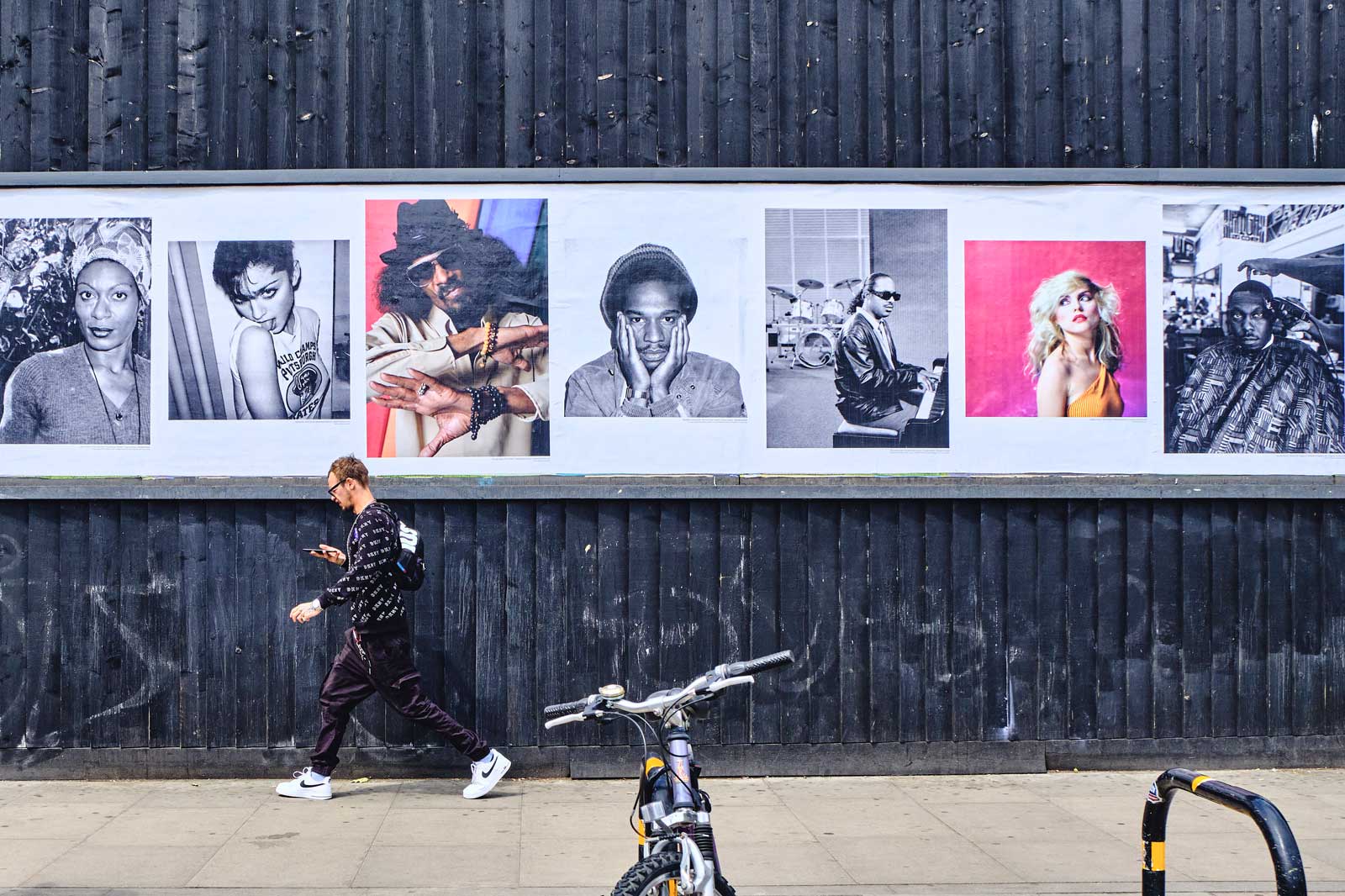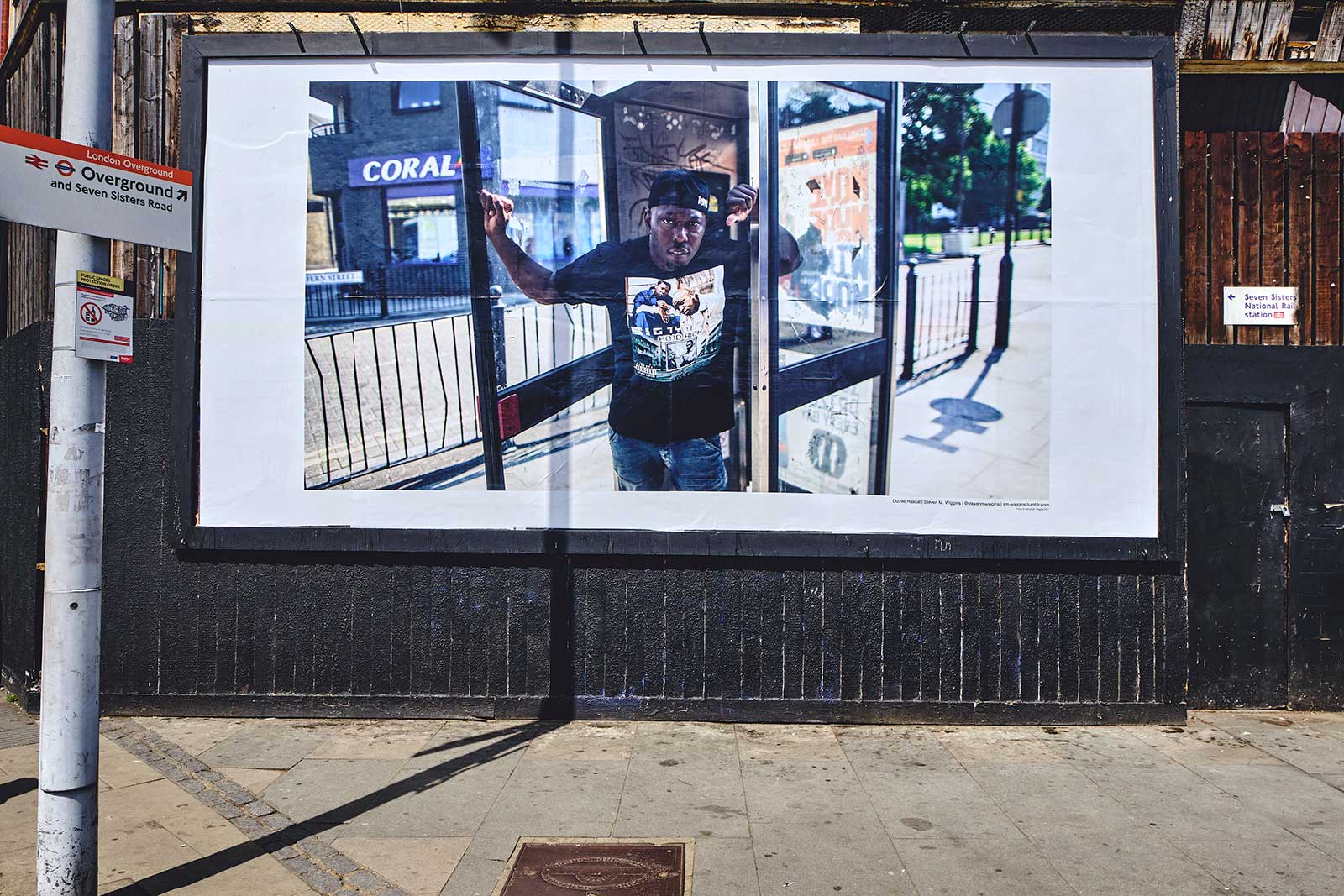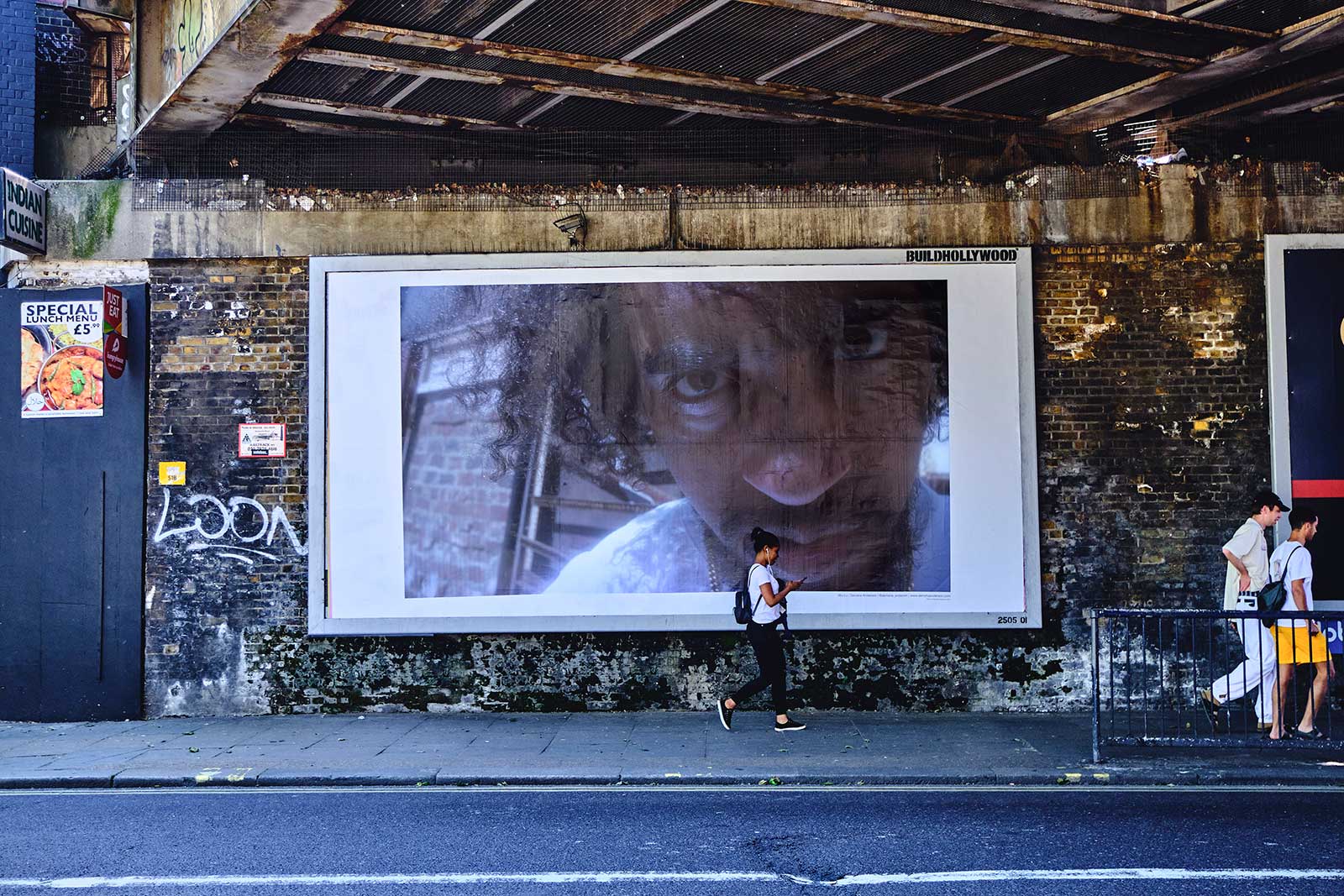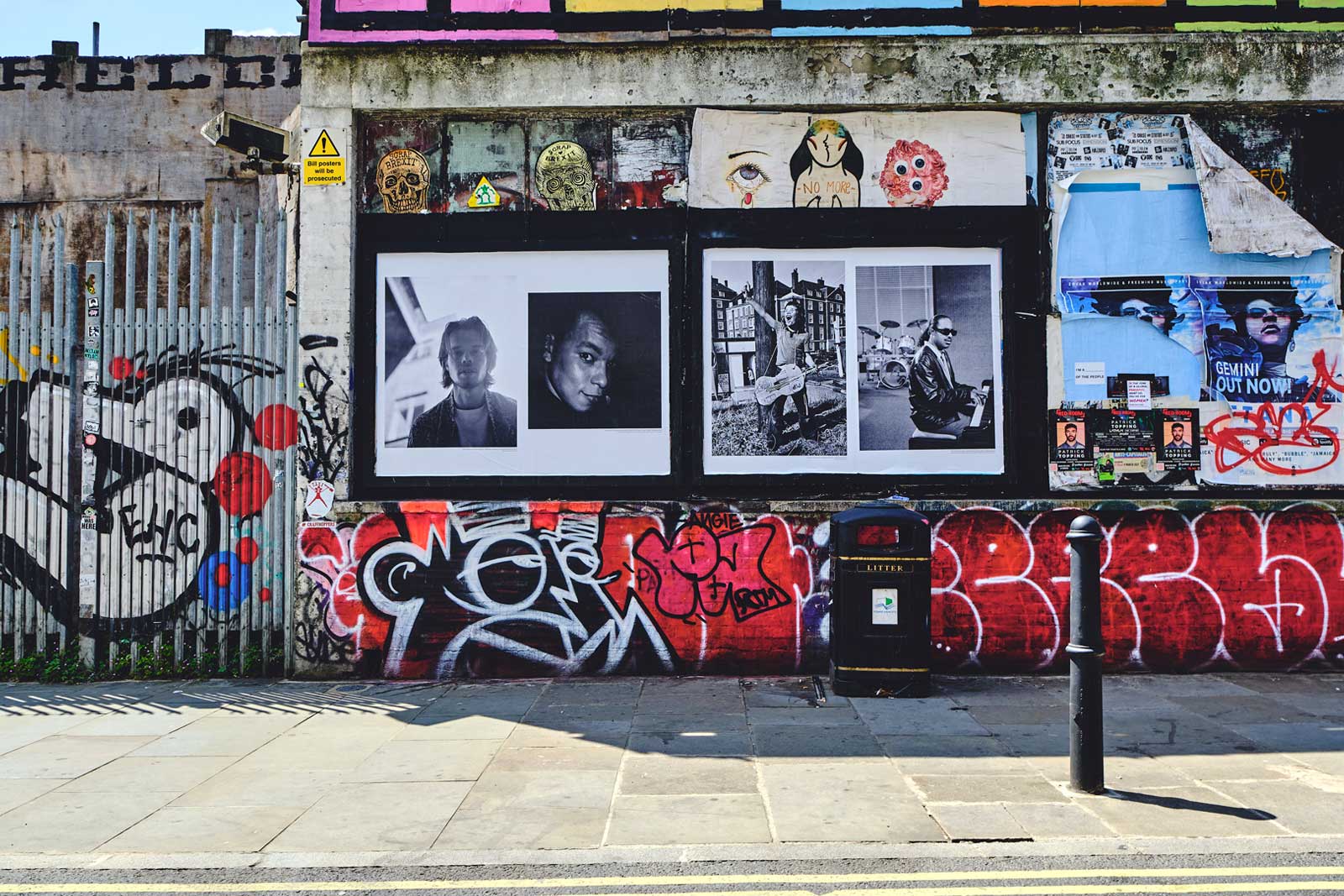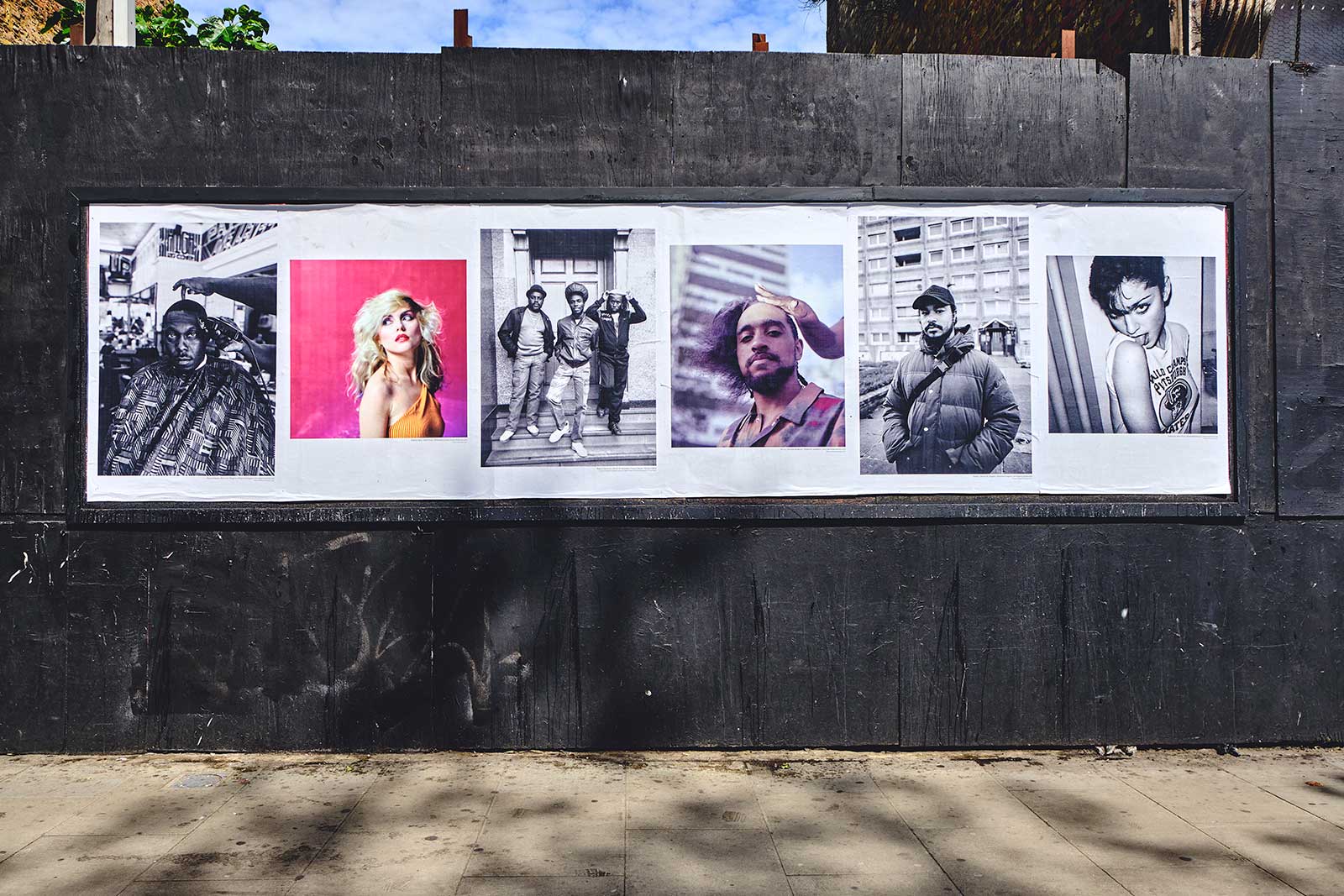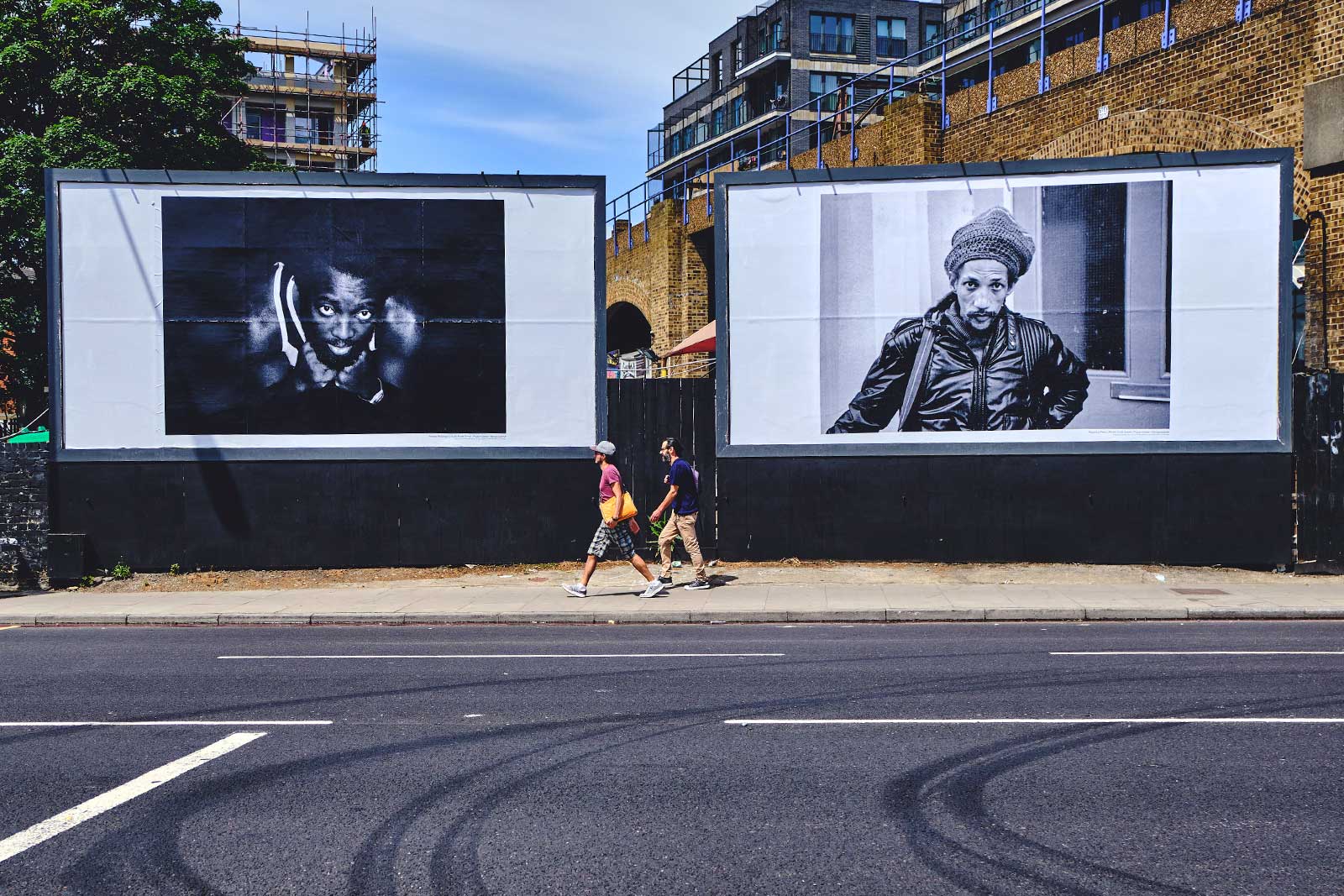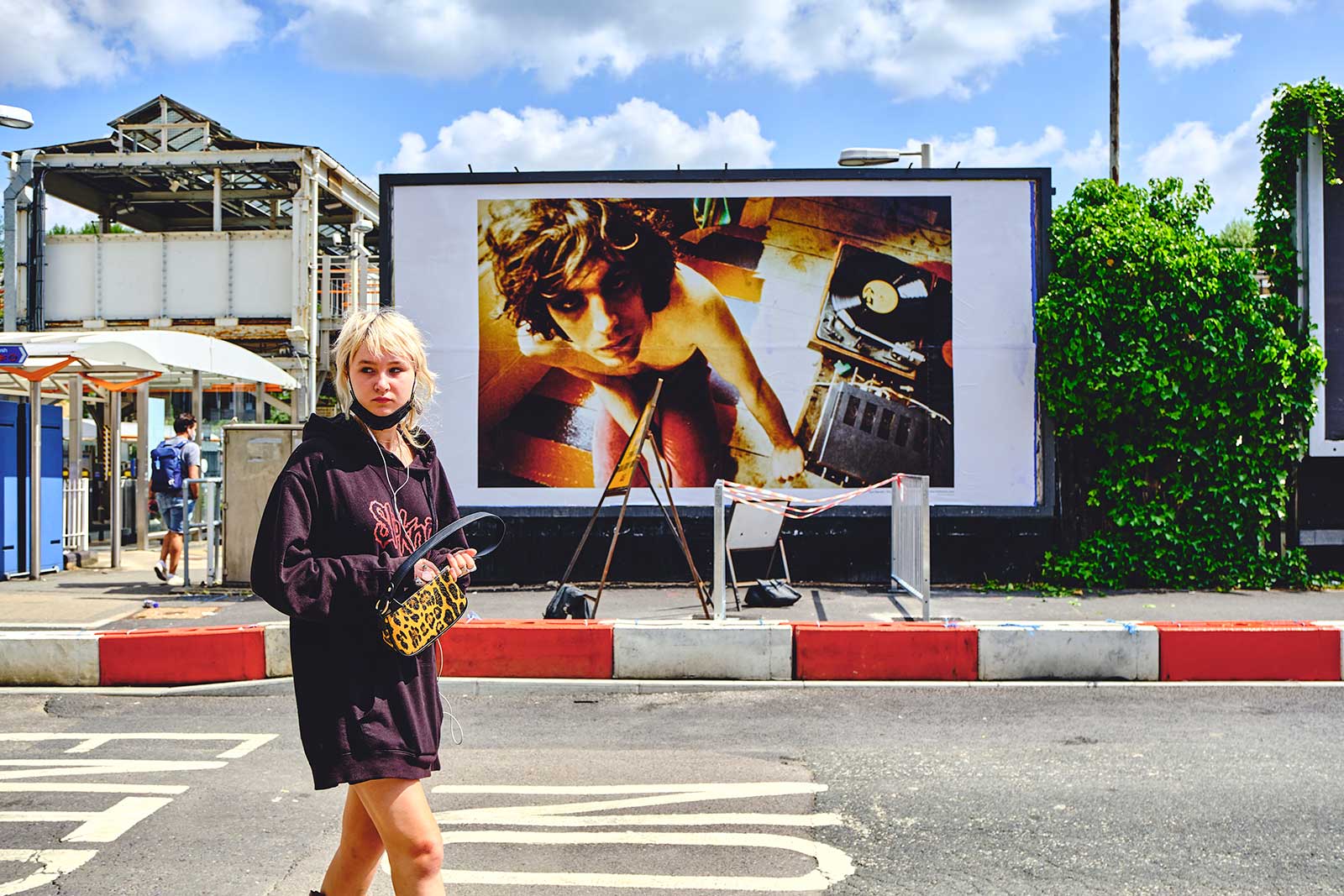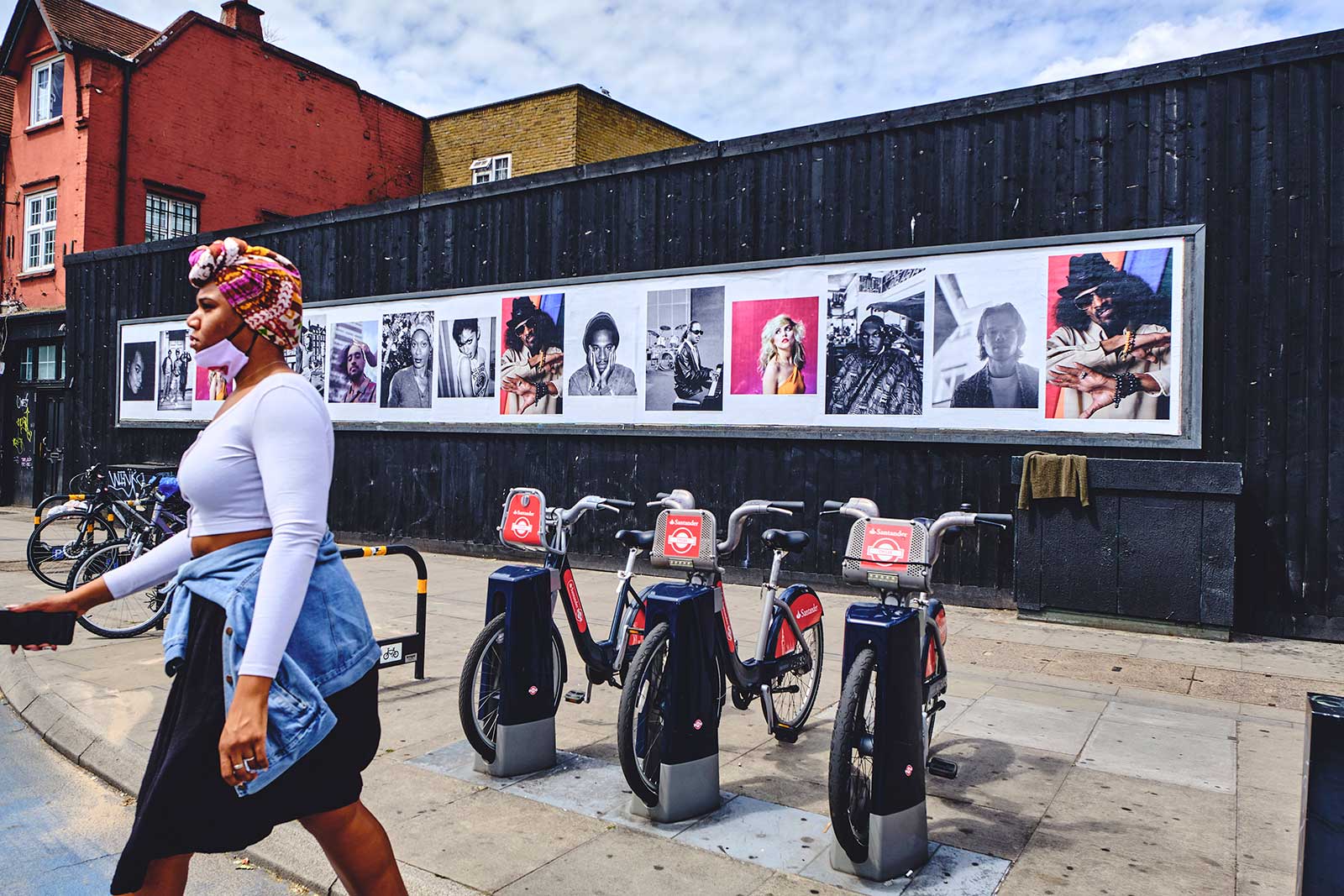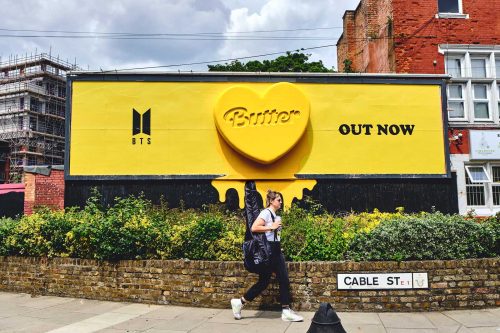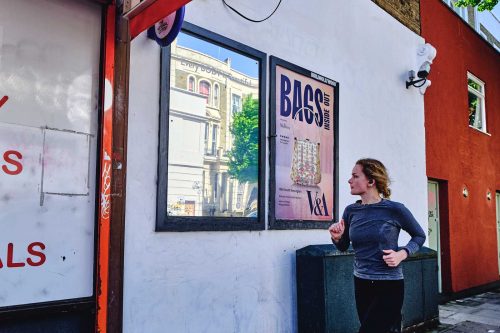West London photographer, Steven M. Wiggins says he loved capturing artists like Dizzie Rascal, Scrufizzer and Sketch on the streets where they grew up. “As a photographer, the street is one of my favourite places to shoot – particularly when shooting musicians,” he says. “Grime and rap musicians are synonymous with the street and it’s an environment that always provides a meaningful backdrop to photograph them in.”
Wiggins thinks it’s important that his photographs are being seen in the very communities where the music was made – and he’s hoping this could, in turn, alter attitudes to art galleries and formal exhibitions.
“A project like this really opens photography up to the community. It makes it accessible,” he explains. “In working class communities, where a lot of grime and rap comes from, many don’t always feel able or welcome enough to visit an art gallery. I’m hoping a project like this might change that, will make it more accessible.”
Brixton-based photographer Denisha Anderson also chose to photograph musicians on the streets which inspired them to start making music. For Anderson, having her work on display in a street setting sends a powerful message to those in communities who may want to pursue an artistic career, but who may still feel reluctant to do so.
“Representation is so important,” Anderson says. “When I was growing up, I didn’t have a Black British woman to look up to in any aspect of creativity. The women I looked up to when I was a kid were usually based in America. A goal for me is to be the person I never saw growing up for other young people. Having my name in the bottom right corner of these billboards is huge; if someone Googles me whether it’s for five hours or five minutes, I’m really grateful for that. I hope my work can be an inspiration for others.”
Birmingham’s Pogus Caesar selected pictures of extraordinary musicians in ordinary situations for his contribution to the project, with many being captured in a street or community setting too. “When I took these images, it was about trying to photograph the artists outside the context of their stardom,” he explains. “A lot of images and portraits of musicians are usually very shiny and staged. I wanted the opposite of that. I’ve always used black and white, 35mm film because I liked the grainy roughness of these shots and the honesty they bring. The people in these images, their music transcends all cultures. It unites us all. I wanted to capture them in a natural setting to illustrate that. It was always important for me to show they’re just ordinary people who do extraordinary things.”
Mick Rock, meanwhile, included one of the earliest photographs he’d ever taken in his collection – ‘Dude’ – a picture of a young boy on a street holding a home-made cardboard guitar. “I just saw this young boy with a cardboard guitar and thought it would make a great shot,” Rock recalls. “It was on the streets, not in a studio obviously, but I can shoot anything, anyone, anywhere. When I was young and just starting out, I got interested in a photographer and artist called Man Ray. He was one of the prime surrealists in Paris in the 1930s. He could take a picture of some dust, or a bit of dirt, and make it look like art. I guess that inspiration was in here when I took this.”
Rock also says he’s thrilled for his work to be presented in a community setting, which is a world away from the galleries and exhibitions where his work is so often collected and displayed now. “I loved the idea of getting my images on the street for everyone to enjoy,” Rock says. “Not my usual activities of publishing books and doing exhibitions, which I’ve been doing all over the world..It’s surprising and different.”
We caught up with the photographers individually to find out more about their choices, what music and the streets means to them and what they hope communities up and down the UK will take away from this unique photography project.
Contributing Photographers: Steven M. Wiggins, Denisha Anderson, Pogus Ceasar, Mick Rock


